- Home
- Cold-Hardy
- Jovibarba
- Jovibarba globifera subsp. hirta
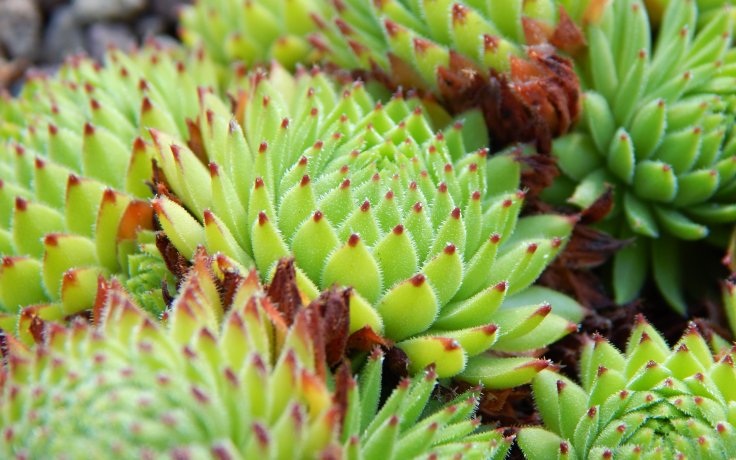
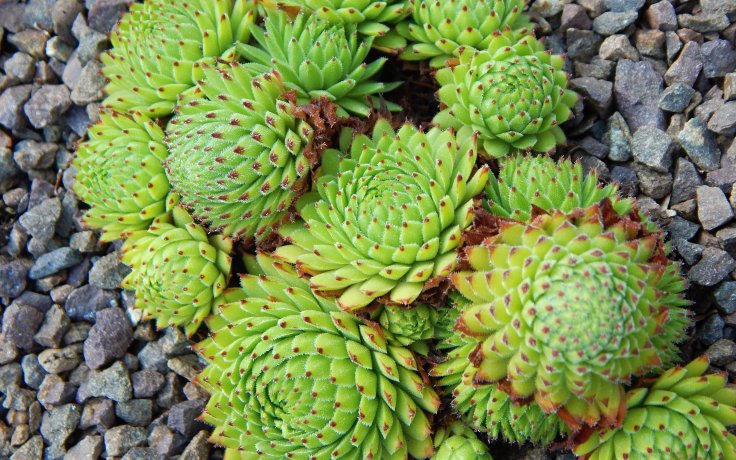
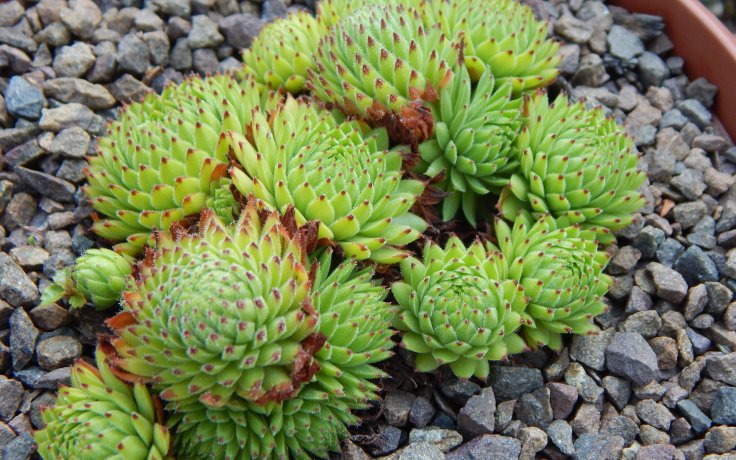
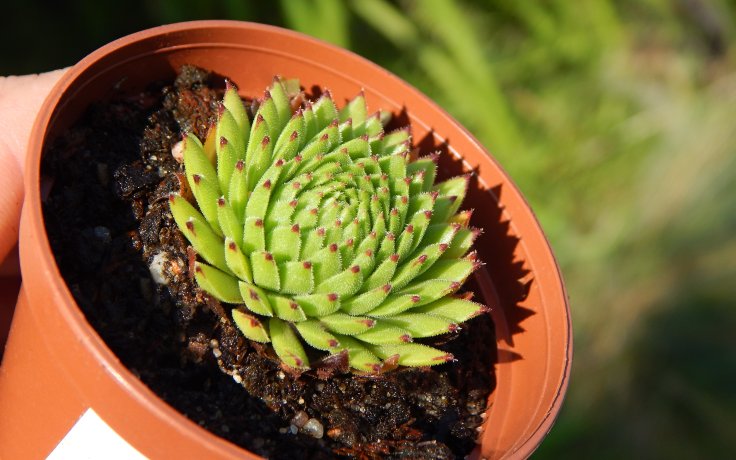
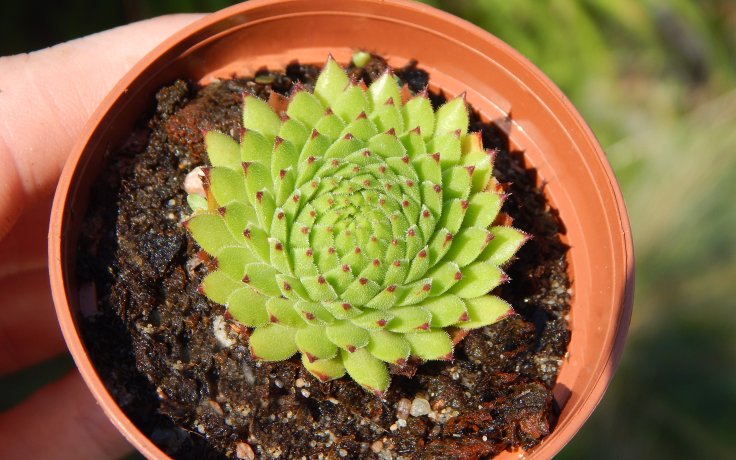
Jovibarba globifera subsp. hirta
The plant likes full sun. It is suitable for the rock garden or portable containers.
In a pot, water after the substrate has dried out. When placing in a rock garden, water at your own discretion.
The plant is frost hardy, withstanding temperatures down to -34.4 °C.
Jovibarba grows also in our Czech regions. It can be found in the Pavlov Hills in Moravia.
Jovibarba globifera subsp. hirta is commonly found in central and southeastern Europe. It can be found in the Carpathians, the Alps and the mountains of the Balkan Peninsula. However, it can also be found in our region in southern Moravia in the Pavlovské vrchy Mountains. Here we can find a subspecies with unribbed, compressed calyx leaves. However, it is a very variable species and the form may vary in other places. It grows in rock crevices and on rocky slopes, commonly on limestone.
The compact, globose rosettes reach about 3.5 cm in diameter and the leaves are fleshy, furrowed at the sides. The leaves have red tips, especially when exposed to sunlight. The rock garden plant produces abundant offsets.
From late July to August, flowers may appear on 15-30 cm long stems. However, it is a monocarpic plant, which means that the rosette dies after flowering. However, it is common for one of the offshoots to take the place of the mother plant.
Jovibarbas thrive in sunny locations where they can tolerate high temperatures and drought. They prefer well-drained soil, preferably stony or sandy, but are not very demanding. They are an ideal choice for rockeries, dry walls or roofs. Thanks to their shallow roots, they can take hold in a small amount of substrate almost anywhere. Watering should be rather moderate, overwatering could cause root rot. Fertilizing is not necessary, as the sedges can get by with very little nutrients. In general, therefore, almost no care is needed and the nettle will grow happily in almost any drier, bright location.